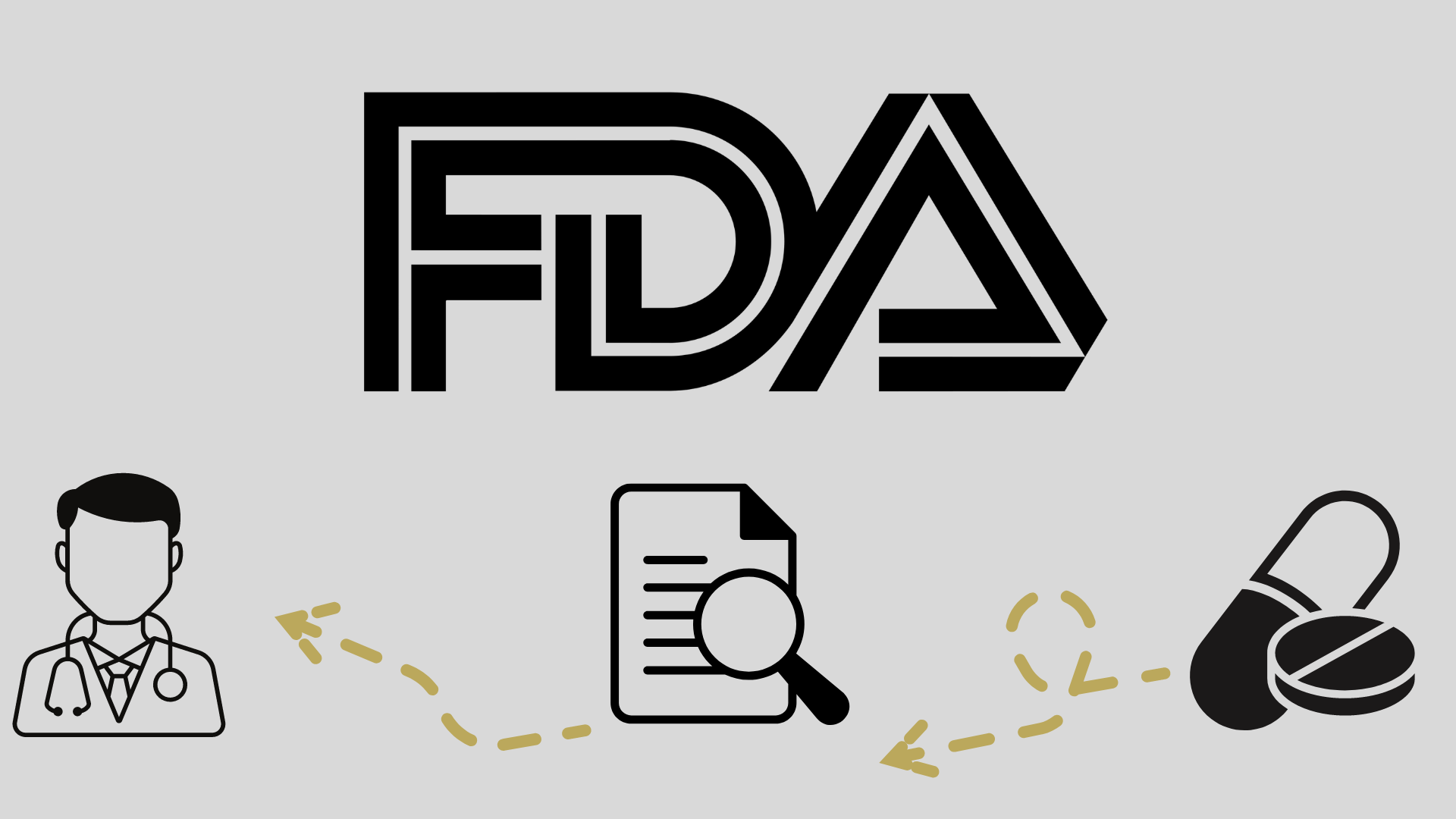
FDA Accepts BLA for Subcutaneous Nivolumab Across Various Solid Tumors

The FDA is considering a subcutaneous nivolumab formulation for various solid tumors based on promising data from the phase 3 CheckMate -67T trial. A target action date has been set for December 29, 2024.
- The biologics license application (BLA) of the subcutaneous formulation of nivolumab (Opdivo) coformulated with human hyaluronidase (rHuPH20) has been accepted by the FDA.
- Findings from the CheckMate -67T (NCT04810078) support this BLA of subcutaneous nivolumab as the trial met its coprimary pharmacokinetic end points and key secondary end point of overall response rate (ORR) vs intravenous (IV) nivolumab in clear cell renal cell carcinoma.
- The FDA has set a Prescription Drug User Fee Act (PDUFA) goal date for December 29, 2024.
The FDA has accepted the BLA of the subcutaneous formulation of nivolumab coformulated with rHuPH20, also known as subcutaneous nivolumab, for all previously approved adult solid tumor indications of nivolumab as a monotherapy, monotherapy maintenance following completion of the combination therapy with nivolumab plus ipilimumab (Yervoy), or in combination with chemotherapy or cabozantinib (Cabometyx).1
Results from the phase 3 CheckMate -67T trial of subcutaneous nivolumab support this application. In the trial, experts sought to evaluate subcutaneous nivolumab vs its intravenous (IV) formulation.2 Here, the subcutaneous form demonstrated noninferior pharmacokinetics and efficacy, as well as consistent safety compared with the IV formulation of nivolumab among patients with advanced or metastatic clear cell renal cell carcinoma (ccRCC) who have received prior systemic therapy.
A PDUFA goal date has been set for December 29, 2024. With this, subcutaneous nivolumab shows promise to become the first and only subcutaneously administered PD-1 inhibitor.
“We believe subcutaneous nivolumab has the potential to make a significant difference in the lives of patients, which is reinforced by the FDA’s acceptance of our application,” said Gina Fusaro, PhD, vice president, global program lead, Bristol Myers Squibb, in a press release.
“[Nivolumab] is a foundational PD-1 inhibitor approved for many different types of cancer, and our continued investment in research that puts patients first remains a priority. If approved by the FDA, the subcutaneous administration of nivolumab would provide patients and their physicians with a new option that delivers the same well-known benefits as IV [nivolumab] but with the improved convenience of an injection administered in 3 to 5 minutes rather than a 30- to 60-minute infusion,” Fusaro continued.
Background of CheckMate -67T
The phase 3, randomized, open-label CheckMate -67T trial is exploring subcutaneous administration of nivolumab coformulated with rHuPH20 vs IV nivolumab for the treatment of patients with advanced or metastatic ccRCC who were previously treated with systemic therapy.
In the study, 495 patients were randomly assigned to receive either subcutaneous nivolumab or IV nivolumab. Enrollment was open to patients with a histological confirmation of ccRCC, advanced RCC not amenable to curative or radiation therapy, metastatic RCC, those who received no more than 2 prior systemic therapies, those with intolerance or progression after last treatment regimen within 6 months of randomization, and those with a Karnofsky performance score ≥ 70 at screening.3
Experts assessed the coprimary end points of time-averaged serum concentration over 28 days and trough serum concentration at steady-state of subcutaneous nivolumab vs IV nivolumab. A key secondary end point of the trial was ORR.
The study met its coprimary pharmacokinetic end points and key secondary end point of ORR with subcutaneous nivolumab in this patient population.2 Subcutaneous nivolumab was noninferior in regard to time-averaged nivolumab serum concentration over 28 days and steady-state trough serum concentration vs treatment with IV nivolumab. Additionally, subcutaneous nivolumab also demonstrated a noninferior ORR compared with IV nivolumab.










































